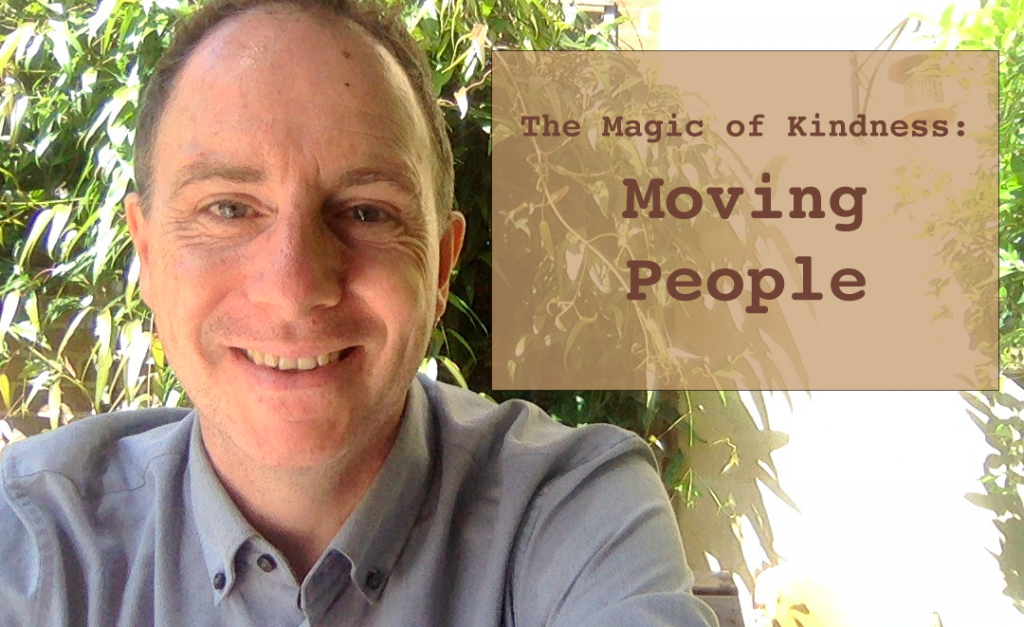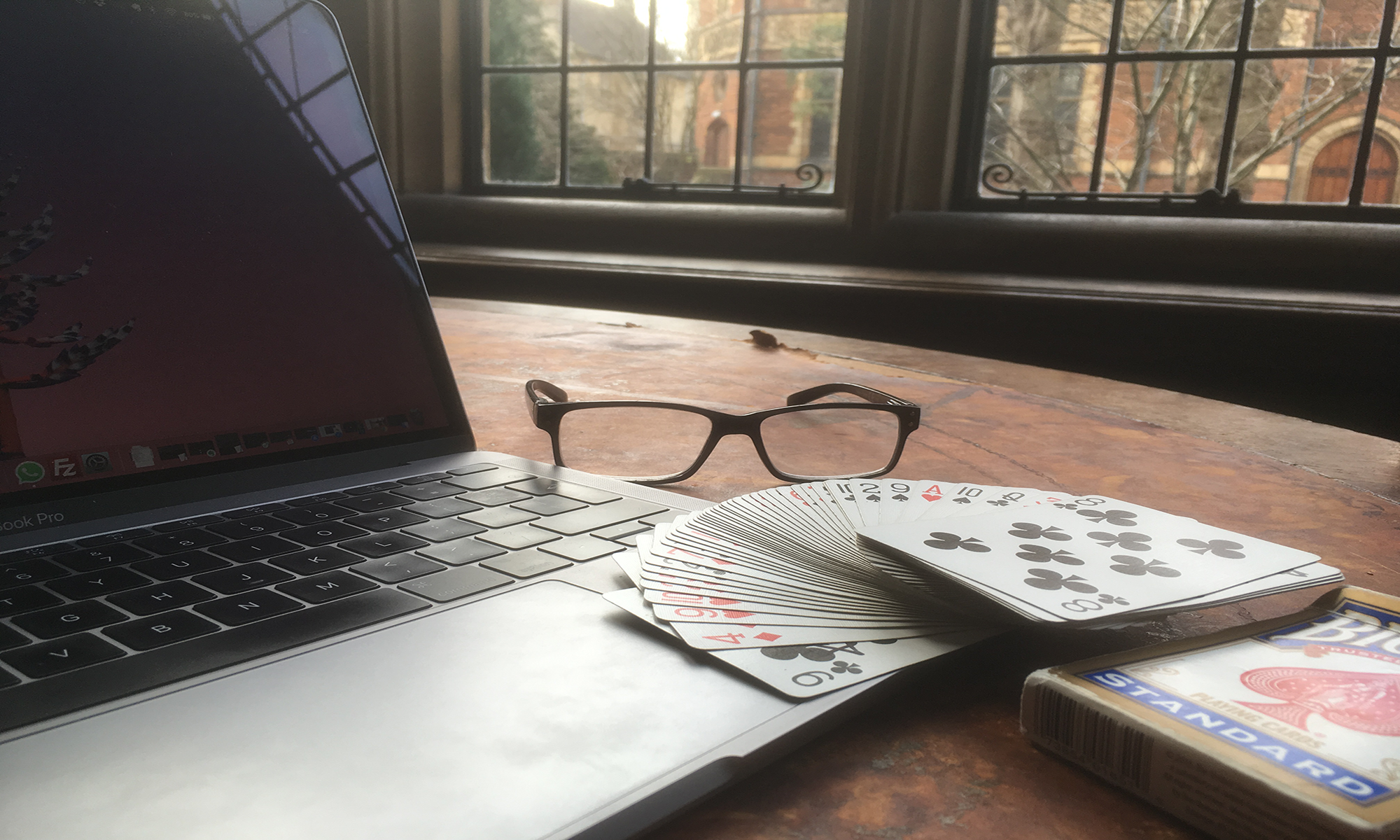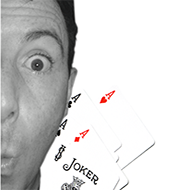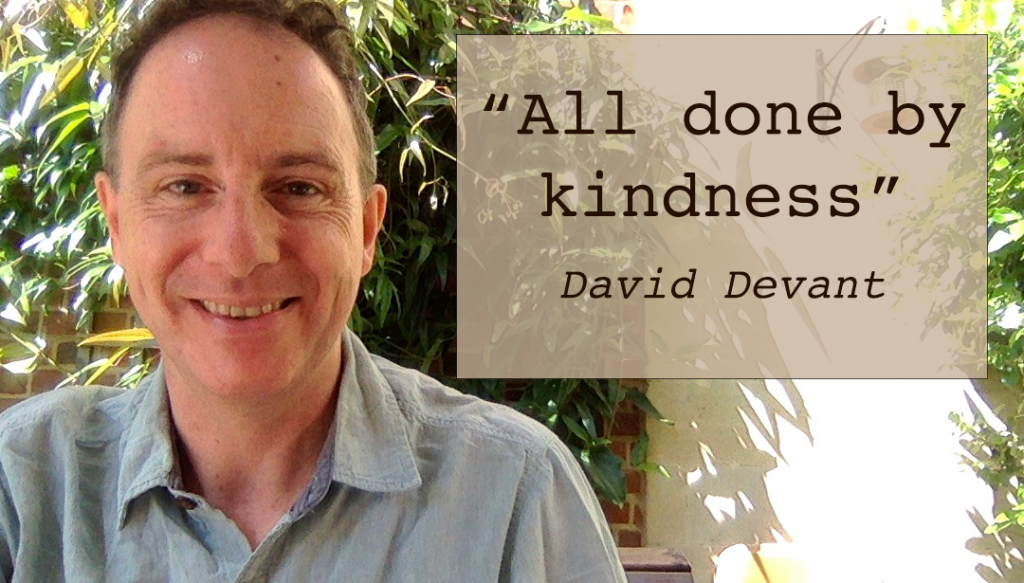
How do you apply kindness in business?
By MAGIC:
Moving
Attuning
Giving
Inspiring
Connecting
Today I focus on moving people.
Maya Angelou said
“I’ve learned that people will forget what you said, people will forget what you did, but people will never forget how you made them feel.”
I have heard this quoted many times in the fields of both magic and professional speaking.
It is so true.
A Kind Magic
I know very well that my magic tricks will be more effective if I can find a way to engage with my spectators emotions:
- If I can get them to lay their hand on another spectator’s hand – I have seen an old married couple almost start weeping when they did this, they obviously hadn’t touched for years.
- If I can get them to use a personal item – a ring, for example.
- If the trick involves a personal secret – even if I never get to know what it is.
It is even better if I can empower them to feel like they are doing the magic themselves; there’s nothing quite like the astonished exclamation when a pack of cards transforms between a guest’s hands, or the look on a child’s face when they make little red balls multiply using their own magic.
Enriching Life
But how is moving people an act of kindness?
Well, whenever you enable them to feel something that enriches their life, makes them feel more alive, then you’re giving them a gift. Think about good theatre, good fiction, good film. These are gifts to us from writers, directors and actors. They make us feel something – excitement, passion, humour, fear, anger – they make us feel engaged with a story.
Emotional Buy-in
How does this apply to sales and leadership?
Well, in sales you might tap into feelings of excitement, of relief, of satisfaction. If you help someone to make a good buying choice then you are improving the story of their life. How can you paint a picture of this when you are selling? Can you get them to imagine how they will feel if they go ahead and buy from you?
In leadership you might make people feel encouraged, safe, supported. You build them up, reminding them of their significance, making them feel like they’re part of a story.
Everyone is a Volunteer
Michael Hyatt says, “Everyone is a volunteer.”
Obviously everyone who decides to buy something has volunteered to buy it.
But even in leadership, everyone who works for you, or follows you, is a volunteer. They may or may not be paid, but the decision to follow you with their heart is voluntary. Do you make them feel trusted, valuable, significant?
Enable, Give
Enable them to do the magic themselves. Give them the gift. Be kind.
Remember, they will never forget how you made them feel.





